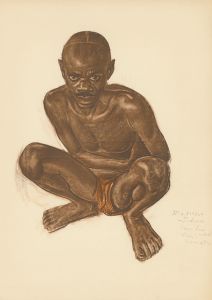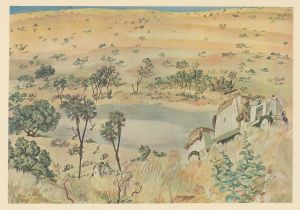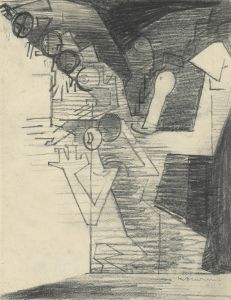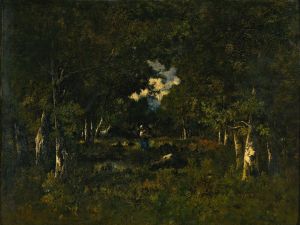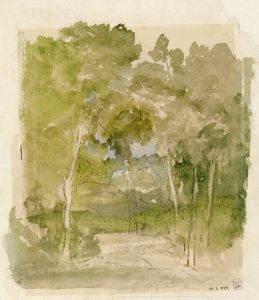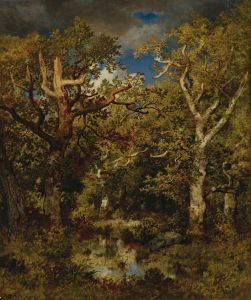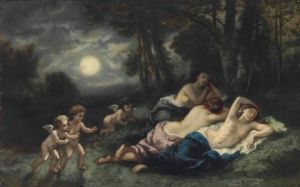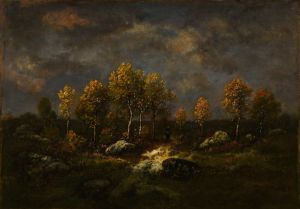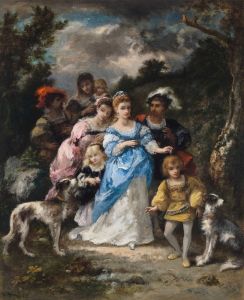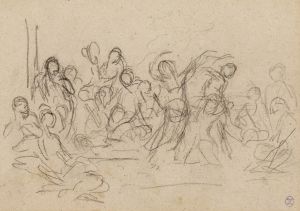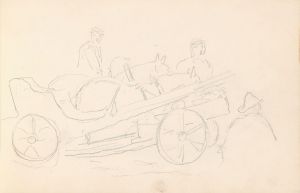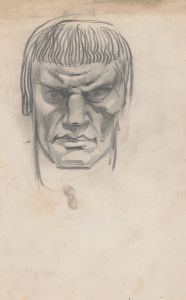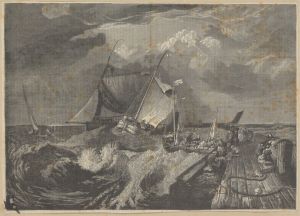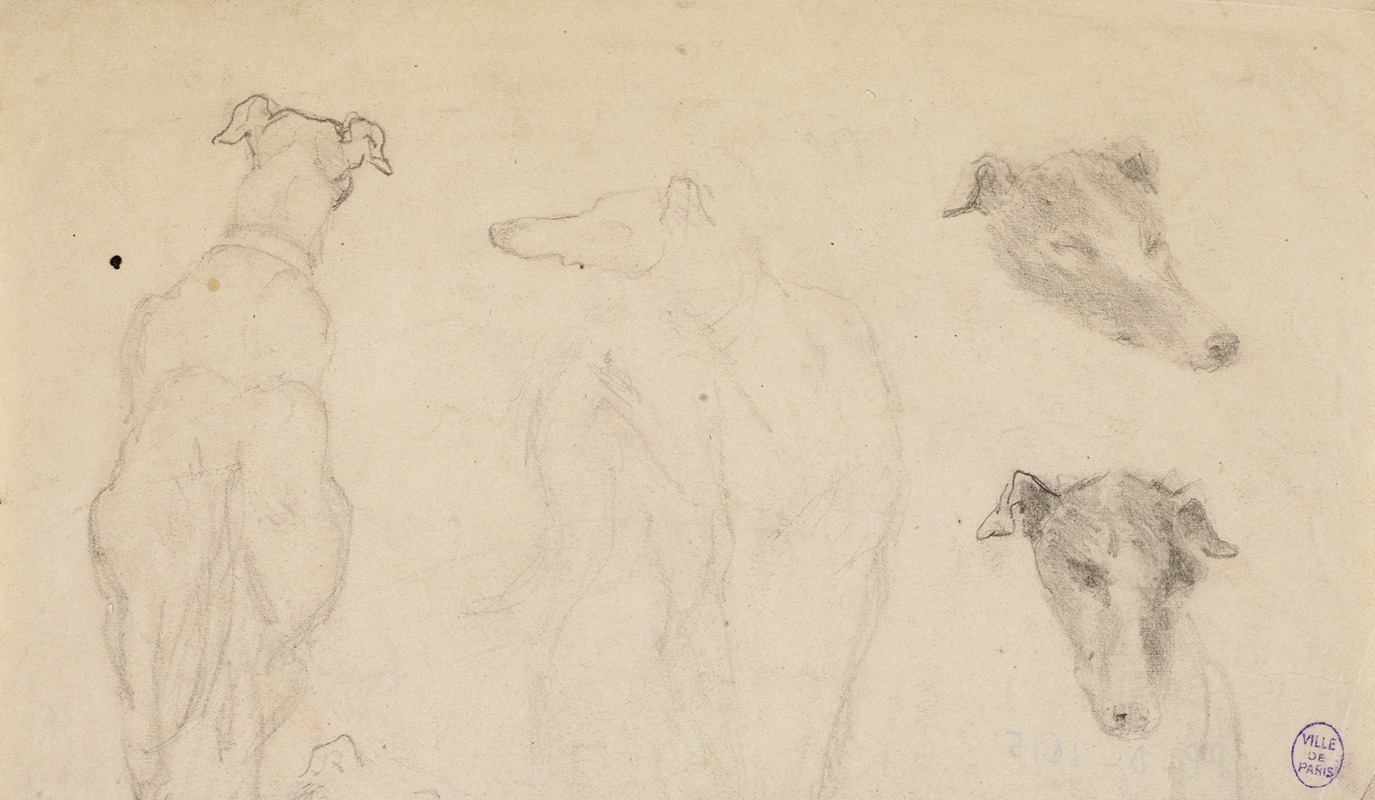
Deux esquisses de chiens, et deux croquis de tête de chien
A hand-painted replica of Narcisse-Virgile Diaz de La Peña’s masterpiece Deux esquisses de chiens, et deux croquis de tête de chien, meticulously crafted by professional artists to capture the true essence of the original. Each piece is created with museum-quality canvas and rare mineral pigments, carefully painted by experienced artists with delicate brushstrokes and rich, layered colors to perfectly recreate the texture of the original artwork. Unlike machine-printed reproductions, this hand-painted version brings the painting to life, infused with the artist’s emotions and skill in every stroke. Whether for personal collection or home decoration, it instantly elevates the artistic atmosphere of any space.
Narcisse-Virgile Diaz de la Peña (1807–1876) was a prominent French painter of the Barbizon school, known for his landscapes and genre scenes. One of his lesser-known works, "Deux esquisses de chiens, et deux croquis de tête de chien" (Two Sketches of Dogs, and Two Dog Head Sketches), exemplifies his skill in animal portraiture and his ability to capture the essence of his subjects with minimalistic yet expressive brushwork.
Diaz de la Peña was born in Bordeaux, France, to Spanish parents who had fled the Peninsular War. Orphaned at a young age, he was raised in a foster home and later apprenticed to a porcelain painter in Paris. His early experiences with decorative arts influenced his later work, which often featured rich textures and vibrant colors.
The painting "Deux esquisses de chiens, et deux croquis de tête de chien" is a study that showcases Diaz de la Peña's interest in animals, a subject he occasionally explored alongside his more famous landscape paintings. The work consists of four distinct sketches: two full-body sketches of dogs and two detailed studies of dog heads. Each sketch is rendered with a keen eye for detail and a loose, fluid style that captures the lively and dynamic nature of the animals.
Diaz de la Peña's approach to these sketches reflects the influence of Romanticism, a movement that emphasized emotion and individualism, often through the depiction of nature and animals. His ability to convey the character and spirit of the dogs with just a few strokes of the brush demonstrates his mastery of the medium and his deep understanding of his subjects.
Throughout his career, Diaz de la Peña was associated with the Barbizon school, a group of painters who settled in the village of Barbizon near the Forest of Fontainebleau. This group, which included artists like Jean-François Millet and Théodore Rousseau, sought to break away from the academic conventions of the time and paint directly from nature. Diaz de la Peña's landscapes often featured lush, wooded scenes with dramatic lighting, and his animal studies, such as "Deux esquisses de chiens, et deux croquis de tête de chien," were likely influenced by his time spent in the natural surroundings of Barbizon.
While not as widely recognized as some of his larger works, "Deux esquisses de chiens, et deux croquis de tête de chien" provides valuable insight into Diaz de la Peña's artistic process and his ability to capture the essence of his subjects with economy and precision. The sketches are a testament to his versatility as an artist and his keen observational skills.
Diaz de la Peña's work, including this piece, continues to be appreciated for its contribution to the development of 19th-century French art. His ability to blend the decorative qualities of his early training with the naturalistic tendencies of the Barbizon school resulted in a unique and enduring body of work that remains influential to this day.





